SLAAED3A October 2023 – May 2024 TAA5212 , TAA5242 , TAC5111 , TAC5112 , TAC5142 , TAC5211 , TAC5212 , TAC5242
2.5 Analog Input Mux Configuration
Analog mux input allows input selection either from IN1P or IN1M into the ADC path. The device needs to be configured in its respective mux setting in register B0_P0_R80 (0x50) ADC_CH1_INSRC. In this configuration, either IN1P or IN1M be the input to the ADC signal chain, they are independent source. In this example, IN1P is a 1KHz tone at -1dBrG and IN1M is a 1250Hz tone at -1dBrG; 0dBrG = 1Vrms Single-Ended Fullscale.
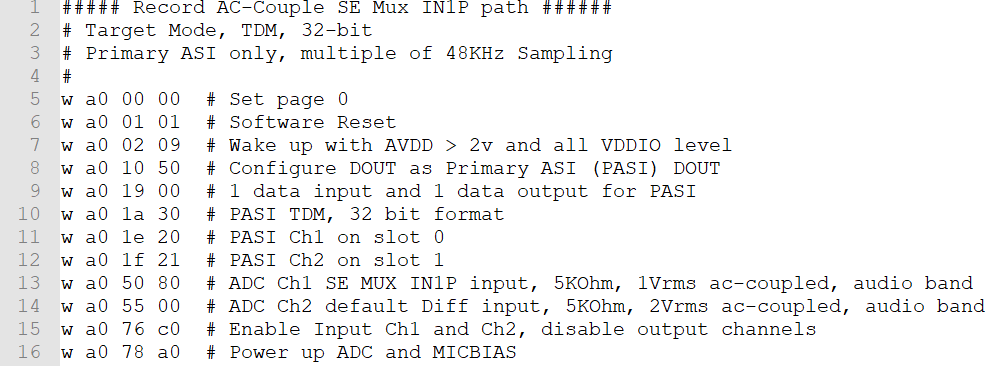 Figure 2-17 IN1P Mux Input Register Setting
Figure 2-17 IN1P Mux Input Register Setting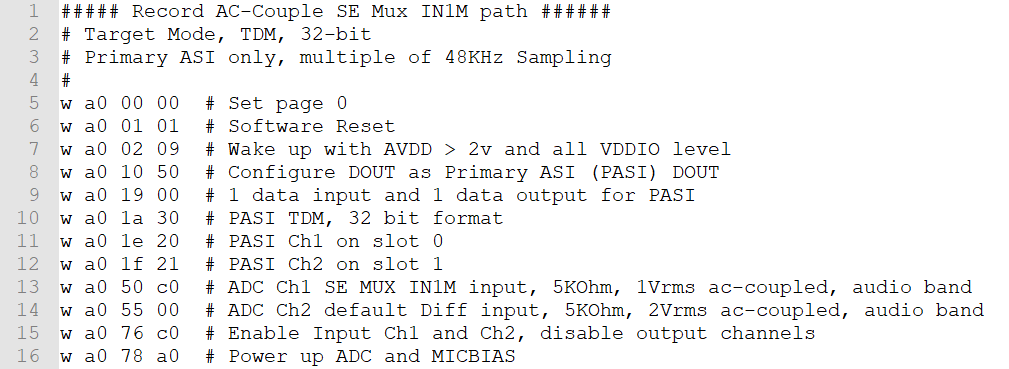 Figure 2-18 IN1M Mux Input Register Setting
Figure 2-18 IN1M Mux Input Register Setting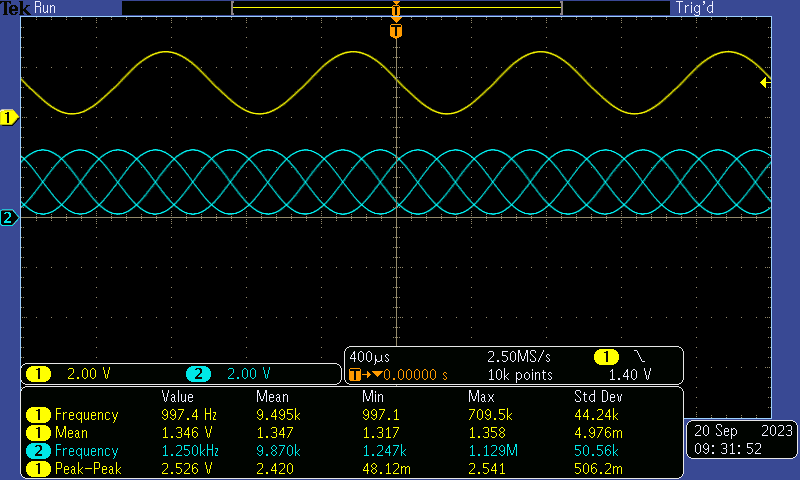 Figure 2-19 IN1P and IN1M Mux Input at -1dBrG (0 dBrG =
1Vrms)
Figure 2-19 IN1P and IN1M Mux Input at -1dBrG (0 dBrG =
1Vrms)The output of the respective setting shows the desired signal and the suppression of the other input signal.
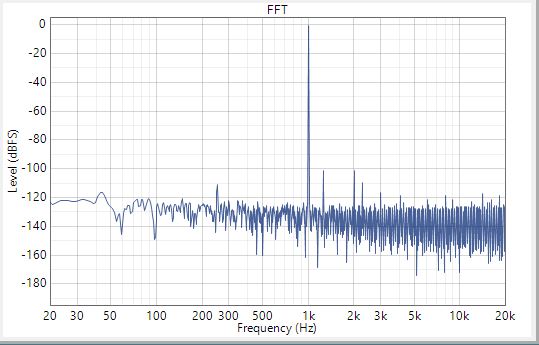 Figure 2-20 Output with IN1P Mux Input Configured
Figure 2-20 Output with IN1P Mux Input Configured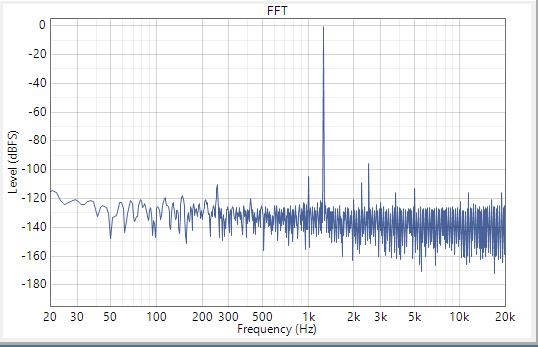 Figure 2-21 Output with IN1M Mux Input Configured
Figure 2-21 Output with IN1M Mux Input Configured